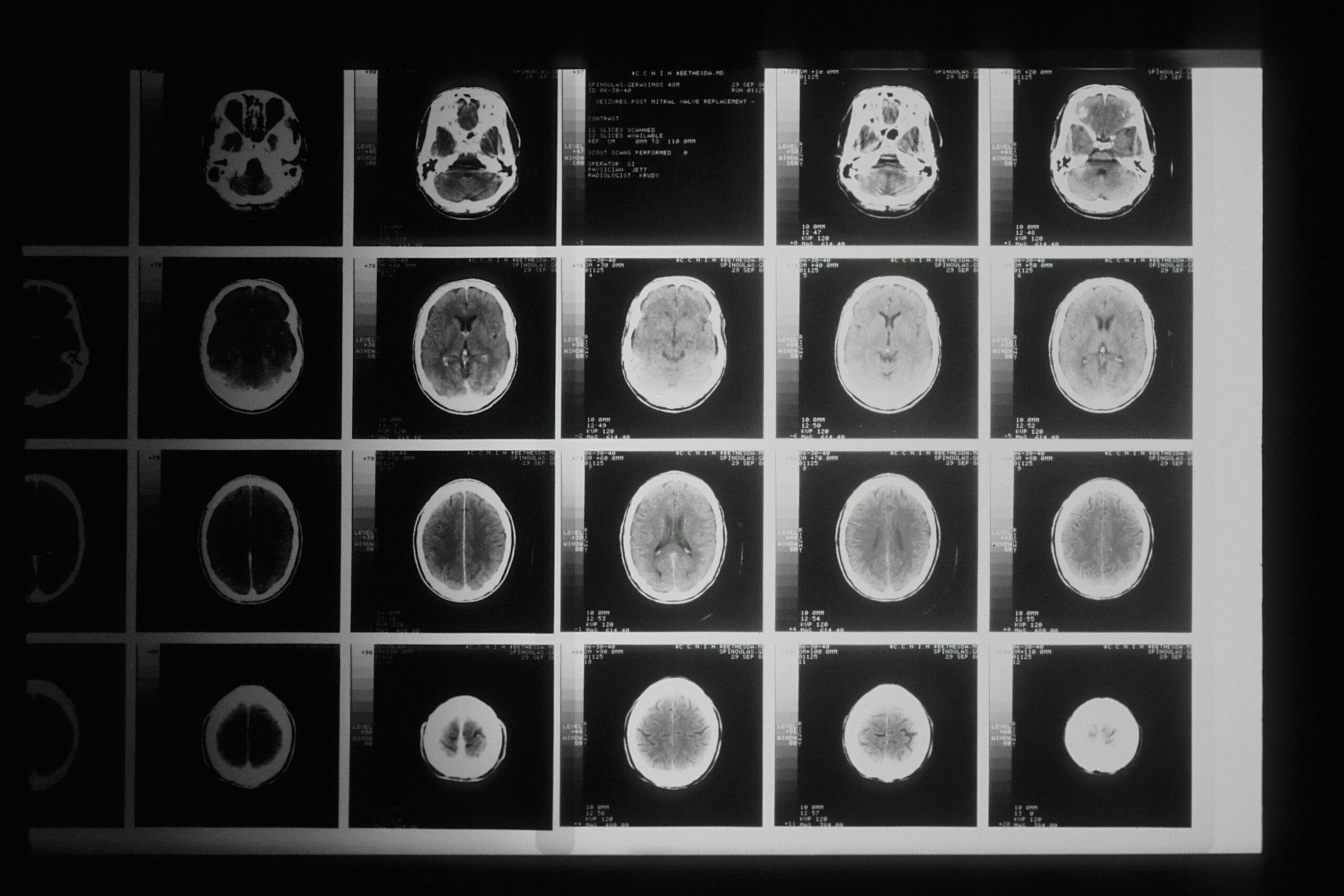
Comparing the brains of successful and unsuccessful psychopaths
In the early 2000s there was a flurry of research done to understand the brains of psychopaths, but one of the issues was that the research tended to focus on people in prison (Gao & Raine, 2010). This prison focus was partly supported by some experts arguing that criminal behaviours are an inherent criterion of psychopathy (Gao & Raine, 2010).
Gao and Raine (2010) argued that studying ‘unsuccessful’ psychopaths in the prison system is only part of the story, as criminal behaviours may instead be a potential consequence for some psychopaths due to other features that accompany psychopathy, rather than a diagnostic criterion.
Gao and Raine (2010) reviewed the existing research literature on ‘successful’ psychopaths and used it to develop a model of the brain differences between successful and unsuccessful psychopaths.
Successful psychopaths: “a subgroup of psychopaths who manifest core psychopathic features of affective and interpersonal deviances, but who manage to stay out of the criminal justice system” (Gao & Raine, 2010, p. 194).
The research on successful psychopaths had drawn on community samples, individuals from employment agencies, college students, industrial psychopaths, and serial killers. Serial killers were categorised as successful in that they evaded detection for some of their criminal behaviours prior to arrest (Gao & Raine, 2010).
The importance of understanding the similarities and differences between successful and unsuccessful psychopaths
Gao and Raine (2010) provide three key reasons for needing to understand the similarities and differences between successful and unsuccessful psychopaths.
1. The research evidence on imprisoned psychopaths may not be generalizable to community-based psychopaths.
Successful psychopaths “may not only outnumber the institutionalized psychopathic population, but also they may in the long run be more dangerous and destructive to society.”
“The prevalence of psychopathy is not definitively known, but is estimated at approximately 0.6–1% in general populations and 3.5% in the business world.” (p. 196)
2. Focusing on successful psychopaths in the community can increase our understanding of characteristics and causes of psychopathy as distinct from criminality.
3. Understanding the characteristics and causes of psychopathy in the general population can help to identify protective factors that prevent psychopaths from becoming criminal.
Similarities between successful and unsuccessful psychopaths
There were a number of shared neurological characteristics between successful and unsuccessful psychopaths (Gao & Raine, 2010):
- Impaired ability to feel the pain and sadness of other people (emotional empathy).
- Impaired ability to read fear in the facial expressions of other people.
- Reduced startle response and lower heart rate when exposed to negative or unpleasant stimuli.
- Likely to seek out new, exciting, and thrilling experiences, and to take more risks; this is likely in response to their low baseline levels of arousal mentioned in the previous dot point.
- Deficits in self-regulation and impulse control.
The brains and crimes of unsuccessful psychopaths
Unsuccessful psychopaths tend to have reduced capacity in:
- executive function
- emotional expression and control
- decision making
- fear conditioning
- information processing (Gao & Raine, 2010).
“For unsuccessful psychopaths, brain structural and functional abnormalities, information processing deficits, impaired somatic markers, and poor fear conditioning predispose this subgroup of psychopaths to more risky decision making and less sensitivity to environmental cues predicting danger and capture. These deficits are also hypothesized to make them more prone to poor behavioral controls and antisocial behavior using physical violence, resulting in detection, arrest, and conviction.” (Gao & Raine, 2010, pp. 205)
The brains and crimes of successful psychopaths
Successful psychopaths tend to have “normal or even above-normal neurobiological functioning” (Gao & Raine, 2010, p. 204):
- enhanced executive function
- proficient information processing
- proficient decision making
- intact fear conditioning
- enhanced ability to understand other peoples’ perspectives (cognitive empathy).
These abilities may allow successful psychopaths to “lie, con, and manipulate others” and “protect successful psychopaths from conviction and allow them to attain their life goals, using more covert and nonviolent approaches.”
“Instead of giving rise to the classic criminal lifestyle that includes overt physical aggression, successful psychopaths are viewed as more likely to perpetrate relational aggression. With their interpersonal skills and intact neurobiological functioning, we anticipate that they are more likely to express their psychopathic features at the level of white collar crime.”(Gao & Raine, 2010, pp. 1994-1995; 204-205)
References
Gao, Y., & Raine, A. (2010). Successful and unsuccessful psychopaths: A neurobiological model. Behavioral Sciences & The Law, 28(2), 194–210.
Banner photo
Photo by National Cancer Institute on Unsplash
